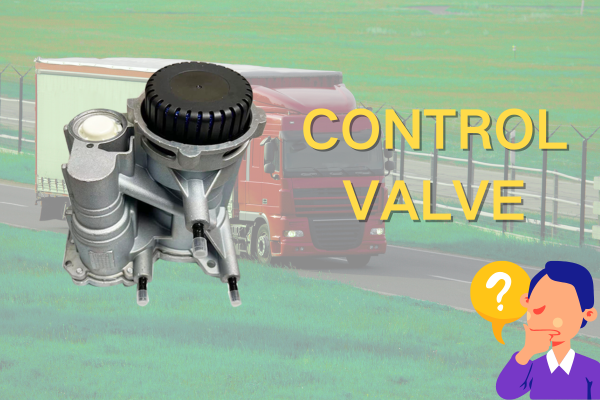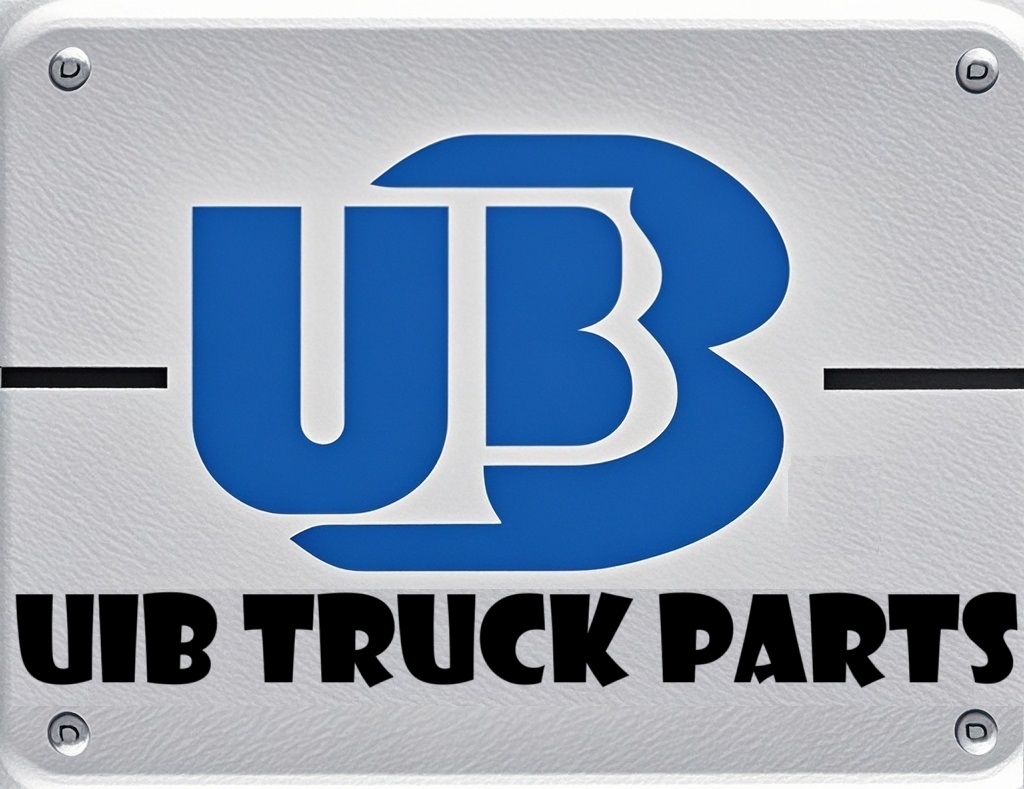About Us
Truck Snow Chains: Safety Guarantee on Icy and Snowy Roads
Views : 298
Update time : 2025-07-28 14:43:16
I. The Important Role of Snow Chains
On icy and snowy roads, the friction between truck tires and the ground decreases significantly, which easily leads to skidding, longer braking distances and other situations, seriously threatening driving safety. However, truck snow chains can increase the friction between tires and the ground through the protrusions and patterns on the chain surface, effectively improving the vehicle's grip and maneuverability, shortening the braking distance, and helping trucks drive smoothly, start smoothly and brake safely on icy and snowy roads.

(The picture shows a truck with snow chains installed driving smoothly on an icy and snowy road, highlighting the role of snow chains)
II. Applicable Scenarios
- Icy and snowy roads: When the road is covered with snow or ice, it is the main scenario for using snow chains. Whether it is an expressway, a national highway or a rural road, as long as there is ice and snow, installing snow chains can significantly improve driving safety.
- Low-temperature freezing rain weather: Freezing rain will form a thin layer of ice on the road. This kind of "ground armor" road is extremely slippery. At this time, snow chains can play an important role in preventing the vehicle from skidding.
- Mountainous steep slope sections: Mountain roads often have many curves and large slopes, which are more prone to danger in icy and snowy weather. Installing snow chains can enhance tire grip and reduce the risk of sliding and rollover.
III. Selection of Snow Chains
- Material: Common snow chain materials include iron chains and rubber chains. Iron chains have strong wear resistance and good load-bearing capacity, but they are heavy and make loud noise when driving; rubber chains are light in weight, low in noise, and relatively easy to install, but their wear resistance is slightly inferior to iron chains, and they are suitable for mild icy and snowy road conditions.
- Size: It is necessary to select suitable snow chains according to the size of truck tires. Too large or too small size will affect the use effect and safety. When purchasing, you need to check the specification parameters on the tires for matching.
- Type: There are ordinary snow chains installed manually and snow chains with automatic tightening. The automatically tightening snow chains are more convenient to use and can maintain good tightness during driving, but the price is relatively high.
IV. Installation Steps
- Park the truck on a flat and safe road, pull the handbrake, put it in P gear (automatic transmission) or neutral gear (manual transmission), and place stones or wooden blocks around the wheels to prevent the vehicle from sliding.
- Take out the snow chains and lay them flat in front of the tires, ensuring that the patterns of the chains face outward and the interfaces of the chains face the inner side of the tires.
- Slowly drive the truck so that the tires press on the snow chains until the chains completely wrap around the tires.
- Connect the interfaces of the snow chains, adjust the tightness of the chains, and ensure that they are firmly fixed on the tires to avoid loosening.
V. Usage Precautions
- After installing snow chains, the speed should be reduced, generally not exceeding 40 km/h. Avoid sudden acceleration, sudden braking and sharp turns to prevent the snow chains from breaking or damaging the tires.
- Avoid using snow chains for a long time on dry roads, so as not to aggravate tire wear and damage the road surface.
- During driving, pay attention to the state of the snow chains. If loosening, breaking and other situations are found, stop the vehicle in time for inspection and treatment.
- After leaving the icy and snowy road, remove the snow chains in time, clean them and store them properly for next use.
相关新闻
 Revealing Three Little-Known Facts About Trucks
Revealing Three Little-Known Facts About Trucks
Aug 06,2025
This article presents three little-known facts about trucks, including that the cab can be flipped for engine maintenance, the rearview mirrors are equipped with defrosting and deicing functions, and the small tank next to the fuel tank is an urea tank which is crucial for environmental protection. It helps readers understand the secrets behind truck designs and functions.
 Control Valve: The "Key Steward" in Truck Engines
Control Valve: The "Key Steward" in Truck Engines
Aug 05,2025
This article introduces the role of the control valve in the diesel pump, including controlling fuel quantity and stabilizing pressure; lists symptoms when it malfunctions, such as weakened power and increased fuel consumption; provides maintenance methods, and illustrates through cases that paying attention to the control valve can avoid unnecessary expenses.
 Control Valve: The "Invisible Commander" of Truck Power
Control Valve: The "Invisible Commander" of Truck Power
Aug 05,2025
The control valve is an indispensable core regulating component in the truck power system. Although it hides inside the machinery and keeps a low profile, it relies on its powerful functions to precisely command the rhythm of power output, comprehensively ensure driving safety, and intelligently adapt to various working conditions. With sophisticated design techniques and durable material selection, it can achieve a perfect balance between power and efficiency in various complex scenarios, and can be called the invisible cornerstone supporting the efficient and stable operation of trucks.
 Truck Snow Chains: Safety Guarantee on Icy and Snowy Roads
Truck Snow Chains: Safety Guarantee on Icy and Snowy Roads
Jul 28,2025
This article elaborates on truck snow chains, including their important role on icy and snowy roads, applicable scenarios, selection methods, installation steps, and usage precautions. It aims to provide references for truck drivers to drive safely in icy and snowy weather and reduce accidents caused by slippery roads.
